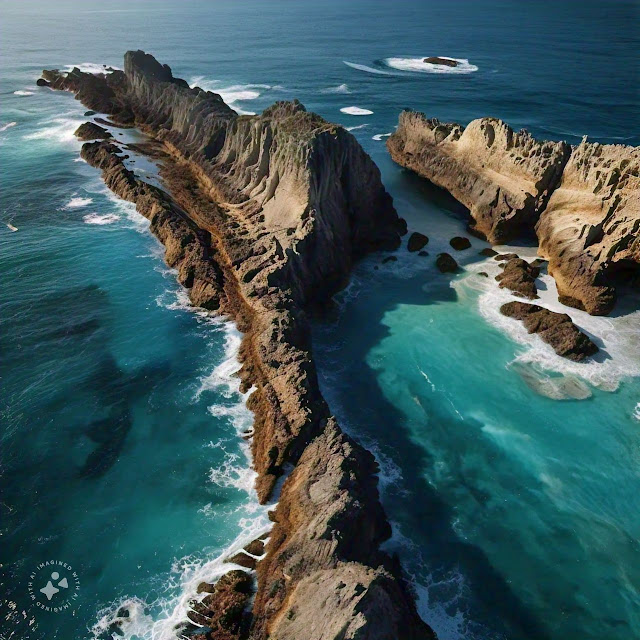The Dominance of Biogenous Sediments in the Oceanic Zone
While lithogenous sediments dominate the continental margins, biogenous sediments make up the majority of the seafloor surface in the deep ocean basins. This is due to the abundance of plankton in the surface waters and the lack of strong currents to transport larger sediment grains to these depths.
The two main types of biogenous sediments found in the oceanic zone are:
Siliceous oozes, which are dominated by the shells of diatoms and radiolaria.
Calcareous oozes, which are dominated by the shells of coccolithophores and foraminifera.
The distribution of these biogenous sediments is largely determined by the availability of nutrients in the surface waters and the depth of the seafloor.
Siliceous OozesSiliceous oozes tend to dominate in areas where nutrient-rich, cold waters upwell to the surface, such as along the eastern equatorial regions and in polar areas. These nutrient-rich waters provide the necessary resources for silica-shelled plankton to thrive.
Calcareous Oozes
Calcareous oozes, on the other hand, are more common in warmer, less nutrient-rich surface waters. However, the distribution of calcareous oozes is also limited by the depth of the seafloor. Below the calcium carbonate compensation depth (CCD), which is around 4,500 meters on average, the acidity of the seawater is high enough to dissolve the calcium carbonate shells before they can accumulate on the seafloor. As a result, calcareous oozes are typically found in shallower areas, such as along the mid-ocean ridges.
Abyssal Clays
In the deep ocean basins, where neither siliceous nor calcareous oozes can accumulate, the dominant sediment type is abyssal clays. These fine-grained, lithogenous sediments are derived from the settling of airborne dust and ash, as well as the weathering of rocks on land.
The Importance of Ocean Sediments
The study of ocean sediments is crucial for understanding the Earth's history, climate, and geological processes. The composition and distribution of these sediments can provide valuable information about past environmental conditions, changes in sea level, and the movement of tectonic plates.
For example, the presence of certain types of biogenous sediments, such as calcareous or siliceous oozes, can indicate changes in ocean productivity and nutrient availability over time. Similarly, the accumulation of lithogenous sediments can reveal information about past patterns of erosion and weathering on land.
By studying the complex and diverse world of ocean sediments, scientists can gain a deeper understanding of the Earth's dynamic systems and how they have evolved over geological timescales. This knowledge is essential for addressing pressing environmental challenges, such as climate change and ocean acidification, and for informing sustainable management of marine resources.

No comments:
Post a Comment